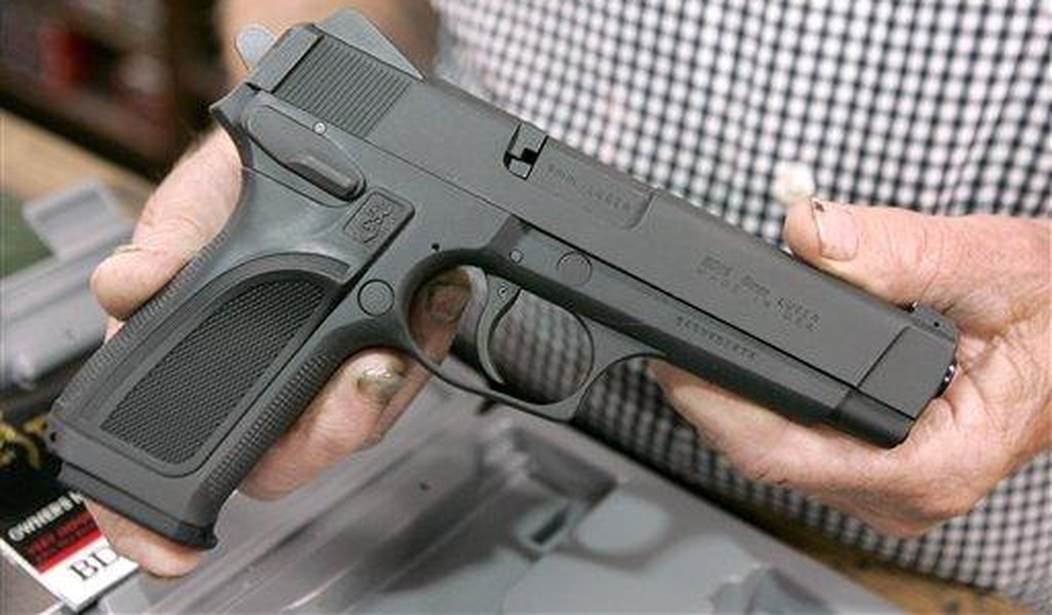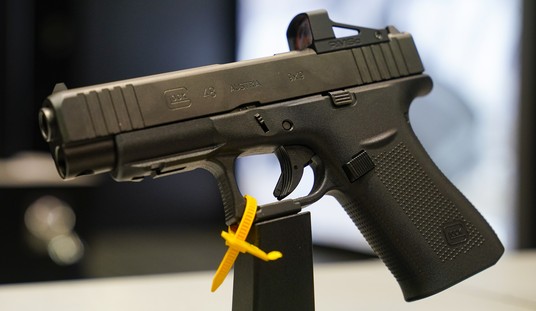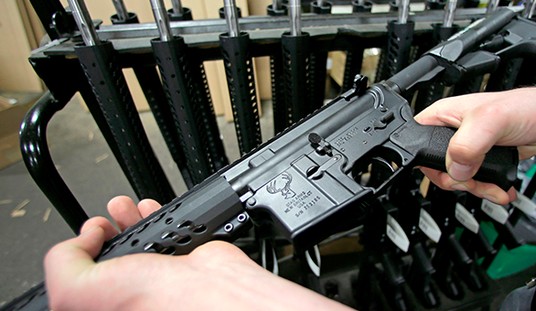The wheels of justice rotate slowly but there’s no stopping them. As Tom Knighton wrote recently, California finally appears to have ditched its microstamping requirement while appealing to the Ninth Circuit Court of Appeals in the Boland v. Bonta case against the “Unsafe Handguns Act.”
Thanks to the text, history and tradition standard arising from NYSRPA v. Bruen, California has no way of defending its shenanigans and the Ninth Circuit has no interest balancing test that it can manipulate to rubber-stamp California’s infringements as it usually does.
While reading up on the case, I found an interesting snippet from Attorney Kostas Moros of Michel & Associates, the law firm that represented the plaintiffs in this case and in other significant Second Amendment litigation.
Yep. Also at our hearings in Boland Judge Carney commented that he has done a ton of criminal cases, and the overwhelming majority of guns used in those crimes were stolen. Microstamping does nothing in that scenario.
— Kostas Moros (@MorosKostas) March 27, 2023
This was very refreshing to read because the judge has himself been in the weeds and knows the truth about crime guns. The State of California cannot fool someone like that by spinning yarns about how microstamping will help solve crimes or save lives.
We all know that California’s intent behind microstamping was not crime fighting but to reduce the availability of handguns to overwhelmingly peaceable, law-abiding gun owners. But let’s say that their goal was indeed noble, and not subterfuge, stolen guns totally render it useless as Judge Carney noted. So how else can microstamping be beaten? There are the obvious answers that anyone familiar with guns can tell you:
- Replace the firing pin.
- Swap out the firing pin, commit a crime, and swap the original pin back in.
- Erode the microstamp imprint-maker with a cheap file from a home improvement store.
- Use a revolver and take the empty casings with you.
- Use a microstamped pistol and pick up the casings before leaving the crime scene.
- Install a brass catcher if you’re enthusiastic about murder but too lazy to pick up spent casings.
But as Judge Carney said, if the gun was stolen from its original owner and sold on the black market, what difference does it make? A crook can leave casings behind at a crime scene and the evidence will lead investigators back to the original owner.
California’s pretexts for microstamping as a crime fighting tool are also laughable because of the following reasons.
- Grandfathered guns, of which there are millions out there, don’t have microstamps.
- Other states don’t require it! The technology isn’t feasible, but even if it was, most states don’t require it, and criminals traffic guns across state lines anyway.
- California exempts its own cops from the requirement, and those cops are allowed to turn around and sell the non-microstamped “unsafe handguns” on the used gun market to their fellow Californians.
Time also works against microstamping, as wear and tear is bound to do what a crook with a cheap metal file does much faster: erode the microstamp imprint-maker. That brings us to the next part of microstamping, and that’s manipulating it.
The Unabomber was an evil genius who patiently, meticulously, and randomly terrorized the country for almost two decades. To throw investigators off his trail, he would travel around the country by bus and mail out his bombs from different locations. One of the things that he did – grossness alert! – was to pick up random pubic hairs (with intact hair roots that contain DNA) from public restrooms and put them in his packages, hoping that investigators would find them and run DNA analysis and look elsewhere for the suspect.
Microstamping has the same vulnerability: every spent casing at a gun range has the potential to throw investigators off the trail. Toss out spent casings from five different guns and you make a single crime look like a gang hit.
Who else can abuse microstamping? The police! And there’s precedent for that. In 2017, Desmond Ricks was released after spending 25 years behind bars after being wrongfully convicted for murdering his friend. Last year, the City of Detroit settled a lawsuit alleging that the police switched the bullets they submitted to forensic investigators and sent him to prison on falsified evidence. Switching microstamped shell casings takes less work than switching fired bullets, so if aberrant police behavior isn’t fully eliminated, microstamping is ripe for abuse.
It’s good to see that California has thrown in the towel on microstamping. New York tried something similar in the past at great expense and it didn’t work.
I hope California’s handgun roster law in its entirety is thrown out soon.









Join the conversation as a VIP Member